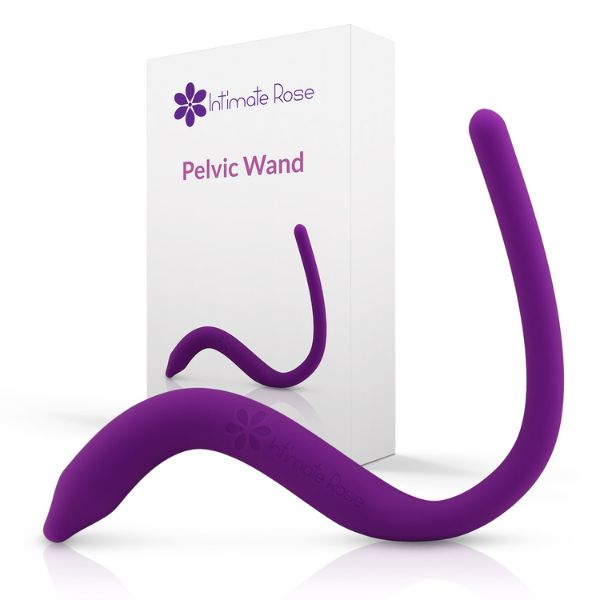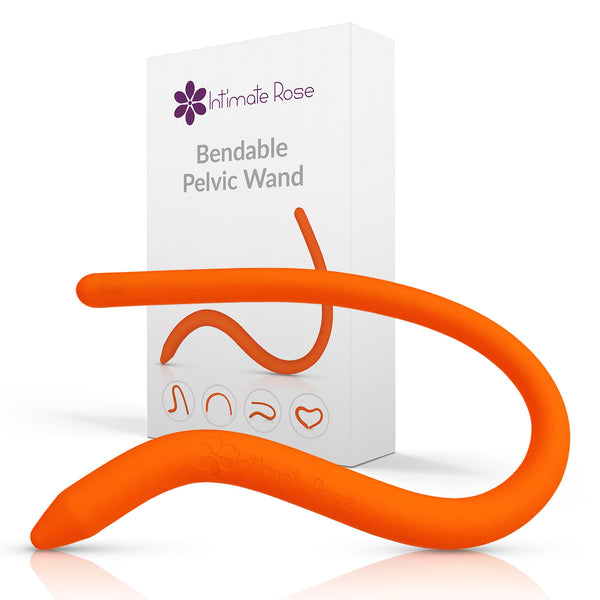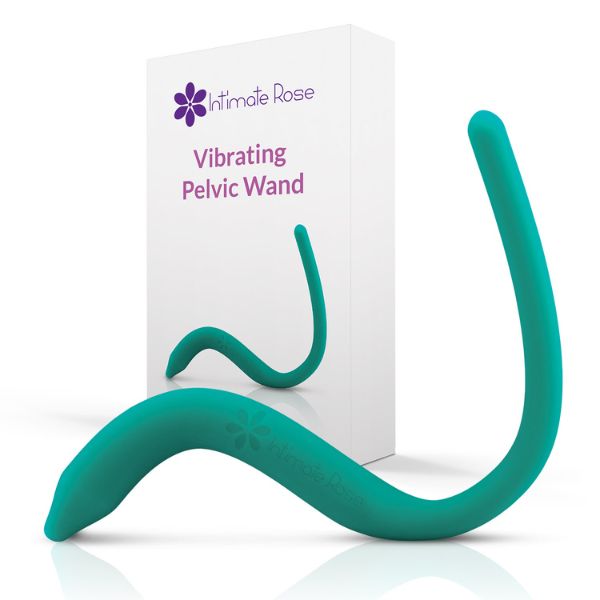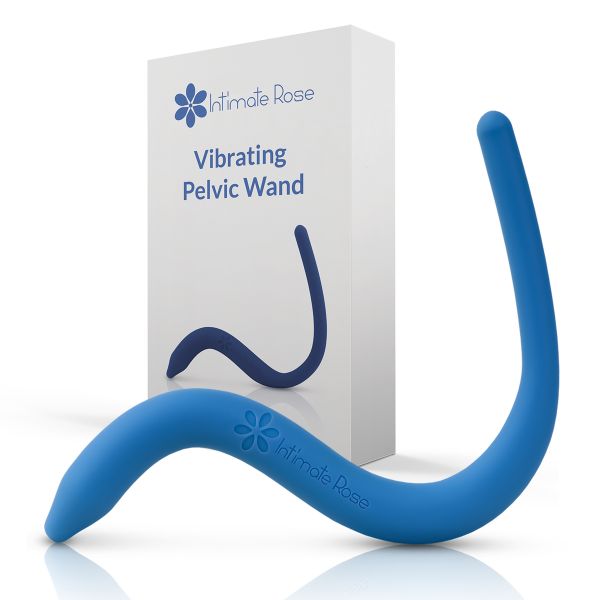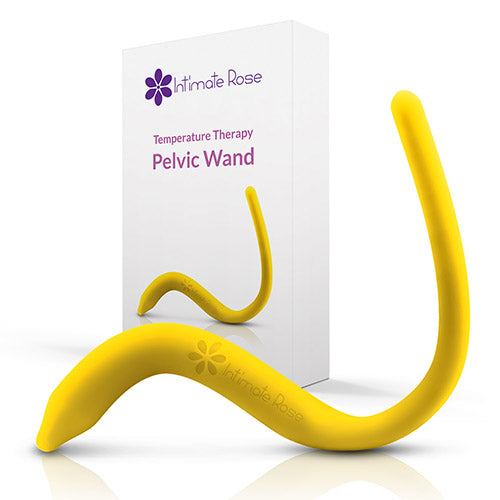A 2018 study by Maher et al. (1) compared three methods of pelvic floor muscle (PFM) activation:
-
Volitional contraction
-
Transvaginal neuromuscular electrical stimulation (TvNMES)
-
External electrode stimulation (EES) using a wearable garment with large surface electrodes
The EES garment delivered stimulation via electrodes placed around the pelvis and proximal thighs (including lateral hips, anterior and posterior thighs, and glutes). PFM activation was measured by transabdominal ultrasound (TAUS) monitoring bladder base elevation (BBE) in both supine and standing positions. The study included six nulliparous, continent women.
Receive tools to explore and introduce to patients
Key Findings:
-
EES produced the strongest PFM activation in both positions
-
Volitional contraction outperformed TvNMES
-
TvNMES showed poor activation despite participants reporting a “tightening/squeezing” sensation; only 1 of 6 participants showed an actual contraction via TAUS
The study highlights that NMES works via motor nerve stimulation, which is most effective at the nerve's motor point. Since pelvic floor muscles—especially deep layers—are located further within the pelvis, TvNMES may be less effective due to difficulty targeting those motor points. The EES approach, however, may recruit the pelvic floor via overflow activation from surrounding musculature and was reported as more comfortable by participants.
Clinical Implication:
This early-stage research suggests that external NMES via EES may offer a less invasive, more tolerable, and functionally effective method for pelvic floor muscle education—especially for patients struggling with voluntary activation.
By stimulating the pelvis and proximal lower extremities, EES may facilitate bladder base elevation through the overflow principle, giving clinicians another potential option for neuromuscular reeducation.
Maher R, Hayes D. (2018). How do pelvic floor muscle contractions elicited by 2 different delivery methods of neuromuscular electrical stimulation compare with volitional contractions in supine and standing in nulliparous continent women? Journal of Women’s Health Physical Therapy. 42(2):87-93.








